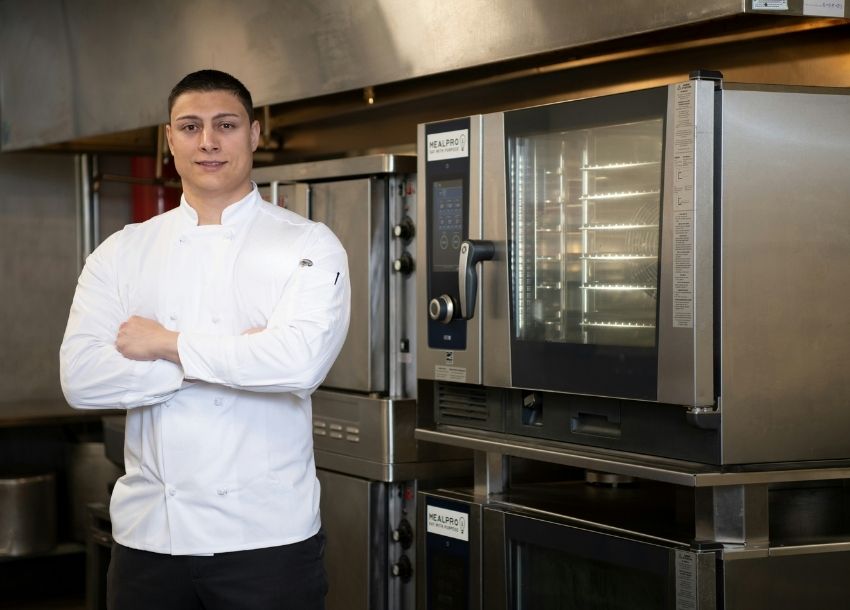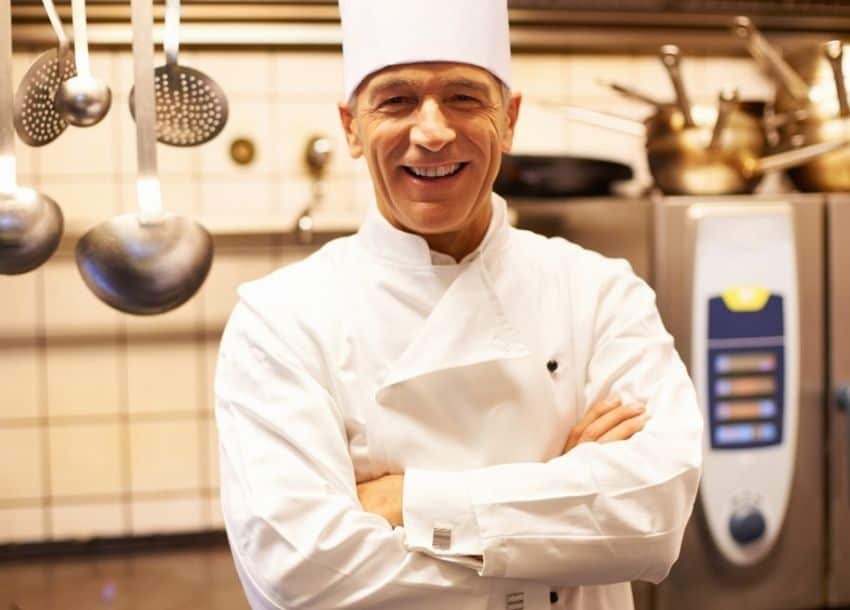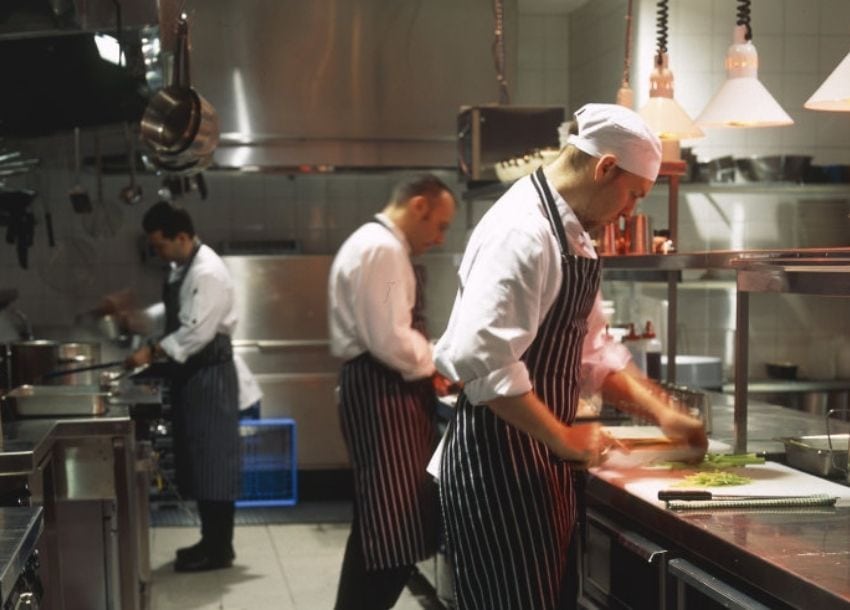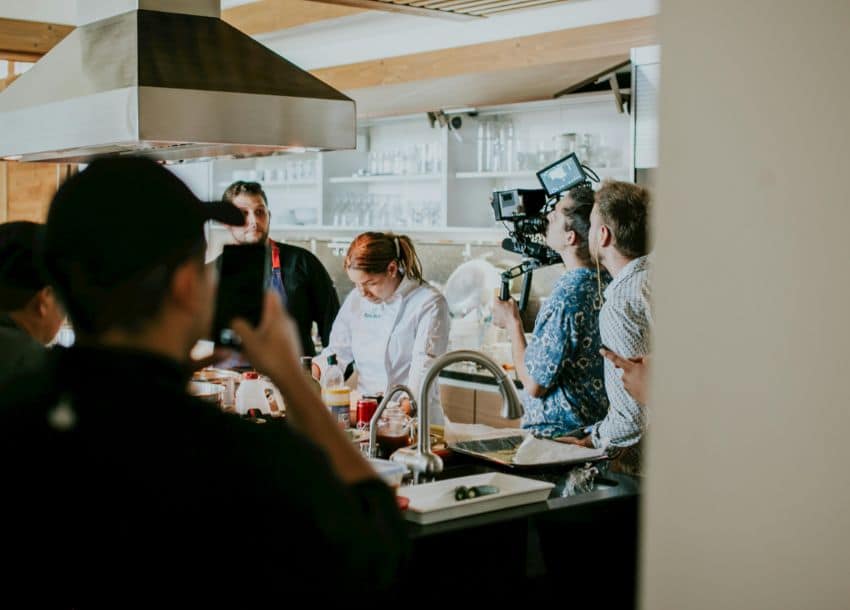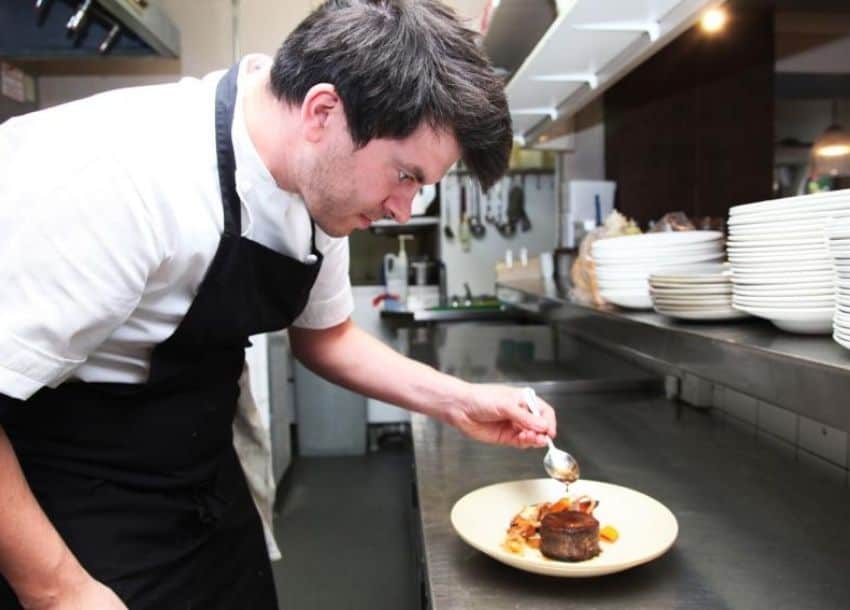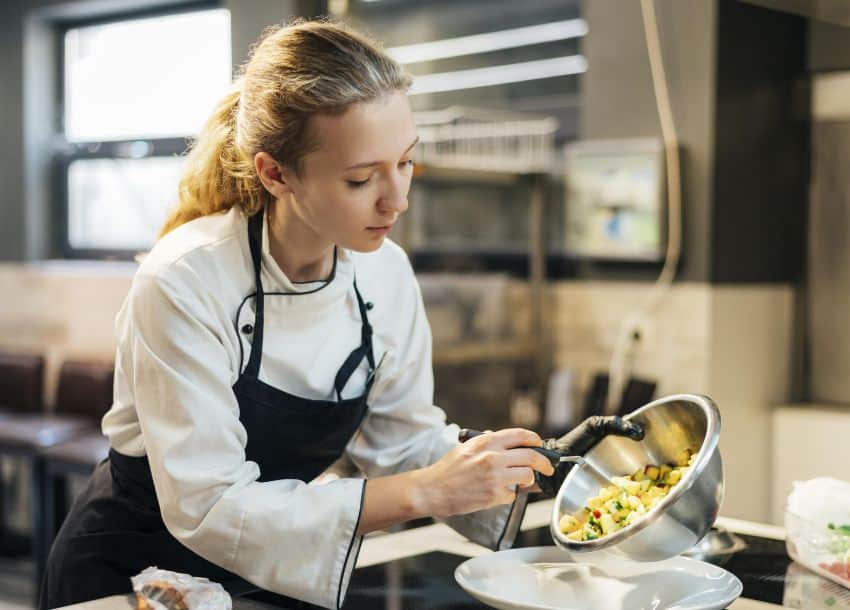Head Chef Interview Questions: What to Ask (and Why)
- Recruit
- Sep 16
- Share post
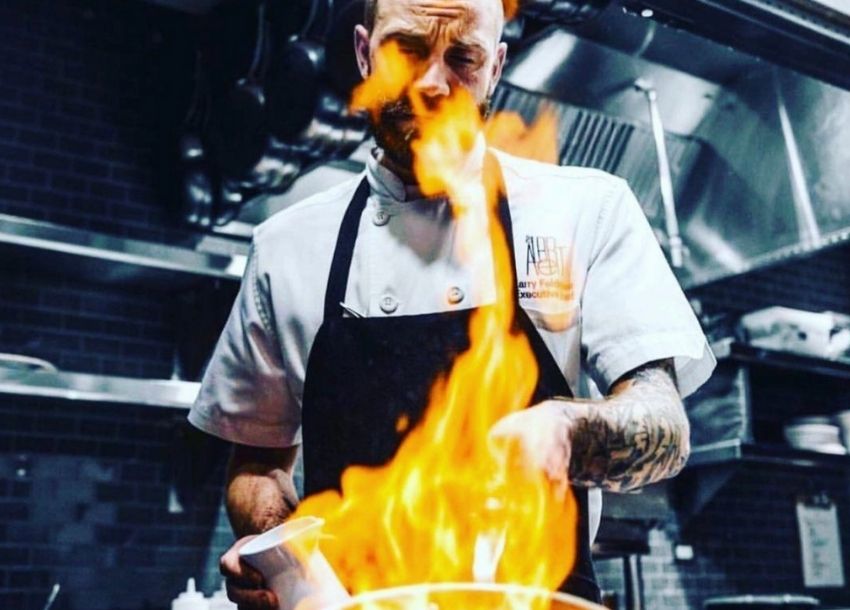
If you’re preparing head chef interview questions, remember this is one of the most important recruitment decisions you’ll make in hospitality. This isn’t just a cook in charge of the pass – this is your kitchen’s leader, the person who sets the tone for service, inspires the team, keeps costs under control, and ensures your customers leave happy.
CVs and references can tell you part of the story. A trial shift will show you how they handle service. But the interview? That’s your chance to dig deep – to understand their leadership style, problem-solving skills, and cultural fit.
Here’s how to ask the right questions, spot the red flags, and hire a head chef who will elevate your kitchen, not just fill a vacancy.
What to look for in a Head Chef
Before you start firing questions, know exactly what you’re looking for. The strongest head chefs:
Lead with authority and empathy:
They know how to set standards without breaking morale.
Balance creativity and consistency:
They can push boundaries while delivering reliably high-quality dishes.
Control costs without cutting corners:
They’re financially savvy as well as culinarily gifted.
Train, mentor, and retain staff:
They build teams that stick around.
Stay calm under pressure:
Whether it’s a packed service or a missing supplier order, they adapt fast.
If you can identify these traits during the interview, you’re already halfway to a great hire.
5 Head Chef interview questions to reveal the right candidate
Each of these questions is designed to go beyond rehearsed answers and give you real insight.
1. “Tell me about a time you led your team through a high-pressure service.”
Why it matters: Leadership during chaos is where the best head chefs shine.
Good answers sound like: “We had 100 covers plus unexpected walk-ins. I delegated calmly, supported the weakest section and kept service running on time.”
Red flag: Blaming the team or focusing only on their own performance without acknowledging others.
2. “How do you approach menu development while keeping food costs in check?”
Why it matters: Creativity means nothing if it kills your profit margin.
Good answers sound like: “I design menus seasonally, negotiate with suppliers and use cross-utilisation to reduce waste.”
Red flag: Talking about creativity without mentioning costs or profitability.
3. “What’s your process for training and motivating kitchen staff?”
Why it matters: Your head chef is also your head coach.
Good answers sound like: “I run regular skills sessions, give constructive feedback mid-service and celebrate small wins to keep morale high.”
Red flag: No mention of structured training or staff development.
4. “How do you handle conflict in the kitchen?”
Why it matters: Kitchens are intense environments – disputes happen.
Good answers sound like: “I address it quickly, speak privately with those involved and focus on solutions, not blame.”
Red flag: Avoidance, aggression, or ‘my way or the highway’ attitudes.
5. “What does a healthy kitchen culture look like to you?”
Why it matters: Culture impacts everything from staff retention to service quality.
Good answers sound like: “Mutual respect, clear communication and a shared commitment to quality.”
Red flag: Overly hierarchical or dismissive of junior staff.
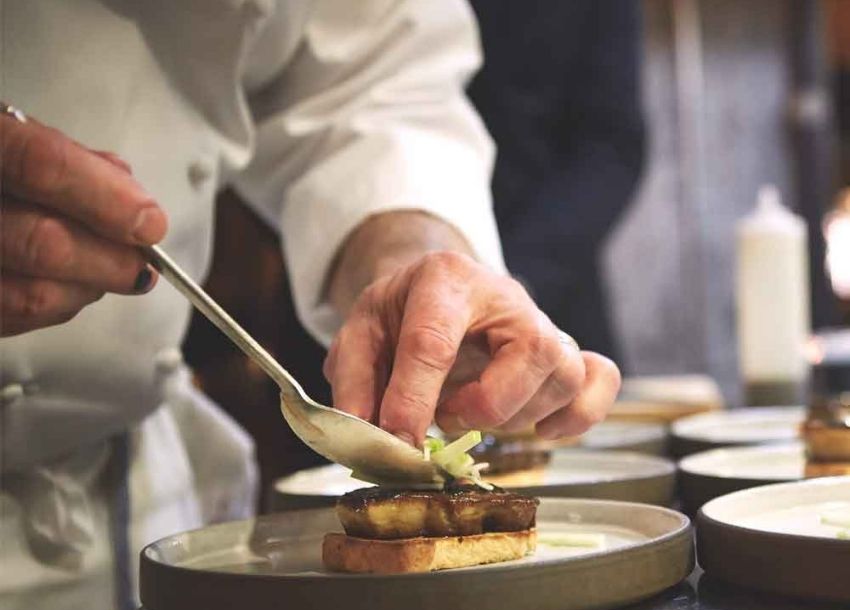
Bonus: What to watch for in a trial shift
Even the most polished interview answers can fall apart on the pass. When you bring a candidate in for a trial shift, watch for:
- Mise en place – are they prepared or constantly scrambling?
- Composure – do they stay calm and make smart decisions under pressure?
- Team awareness – do they help other sections when needed?
- Quality control – are dishes consistent and up to your standard?
- Cleanliness – are they keeping their station tidy mid-service?
It’s not about perfection, it’s about pace, attitude and leadership in action.
Additional Head Chef interview questions
Here’s an additional list of interview questions that can be used:
1. Tell me about your leadership style in the kitchen?
2. How do you keep quality high when the kitchen is under pressure?
3. Walk me through your menu development process?
4. How do you approach training and developing junior chefs?
5. What’s your method for managing supplier relationships?
6. How do you handle negative customer feedback?
7. What makes you want to stay long-term in a role?
Final thoughts
A well-planned interview can reveal far more than a CV ever could. By asking the right questions and knowing what red flags to watch for, you’ll find a head chef who not only runs your kitchen but inspires your entire team.
–
FAQs – Head Chef interview questions
Should I ask technical cooking questions in a Head Chef interview?
Only if they’re relevant to your menu. Leadership, organisation and financial awareness often matter more than niche technical skills.
How long should a Head Chef interview last?
Aim for 45–60 minutes, ideally followed by a trial shift to see them in action.
What if they haven’t worked as a Head Chef before?
Look for leadership qualities from sous chef or executive sous roles – sometimes the best candidates are ready to step up.
Should I combine the interview and trial shift?
Yes, if possible. The interview shows how they think; the trial shift shows how they work.
How do I assess creativity during an interview?
Ask them to walk you through a recent dish they designed – from concept to costing to presentation.
Comments
Add a comment
Leave a Reply · Cancel reply
You must be logged in to post a comment.

